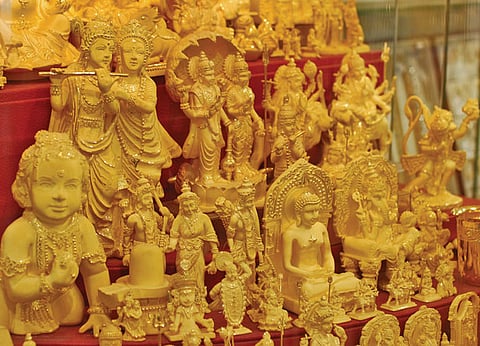Dubai’s ‘in-between’ Southasians
Impossible Citizens: Dubai's Indian Diaspora
Neha Vora
Duke University Press, 2013
Southasians make up a large part of the population in the Gulf countries, particularly in the United Arab Emirates and Qatar. On landing in Dubai or in Doha, one does not have the impression of being in a West Asian country, but in Southasia. This explains why, over recent years, more and more research has focused on Southasian populations in the Gulf, sometimes through radical perspectives engendered by the large-scale exploitation of low-paid workers. Non-governmental organisations like Human Rights Watch or Amnesty International have regularly reported on the conditions of exploited workers in the Gulf, most recently looking at Qatar in the lead up to the 2022 FIFA World Cup. The recent announcement that World Expo 2020 will be held in Dubai is likely push the issue of low-paid workers into the limelight once again.
However, this is not the focus for author Neha Vora, who instead has chosen a rarely studied group that is "transitory yet entrenched" in Dubai: the Southasian middle class and its Dubai-born offspring. In Impossible Citzens, the author, an Indian-American, raises questions about citizenship and belonging among these "most typical inhabitants of Dubai". Drawing on Aihwa Ong's concept of flexible citizenship and Giorgio Agamben's 'state of exception', she discusses the possibilities of belonging in a country where the dichotomy between citizens and non-citizens is the cornerstone of the Emiratis' identity. Vora offers the reader a chronicle of loss of identity and indebtedness, of missed opportunities and a feeling of disenfranchisement that is not counterbalanced by any prospective sense of belonging to the Indian diaspora.

